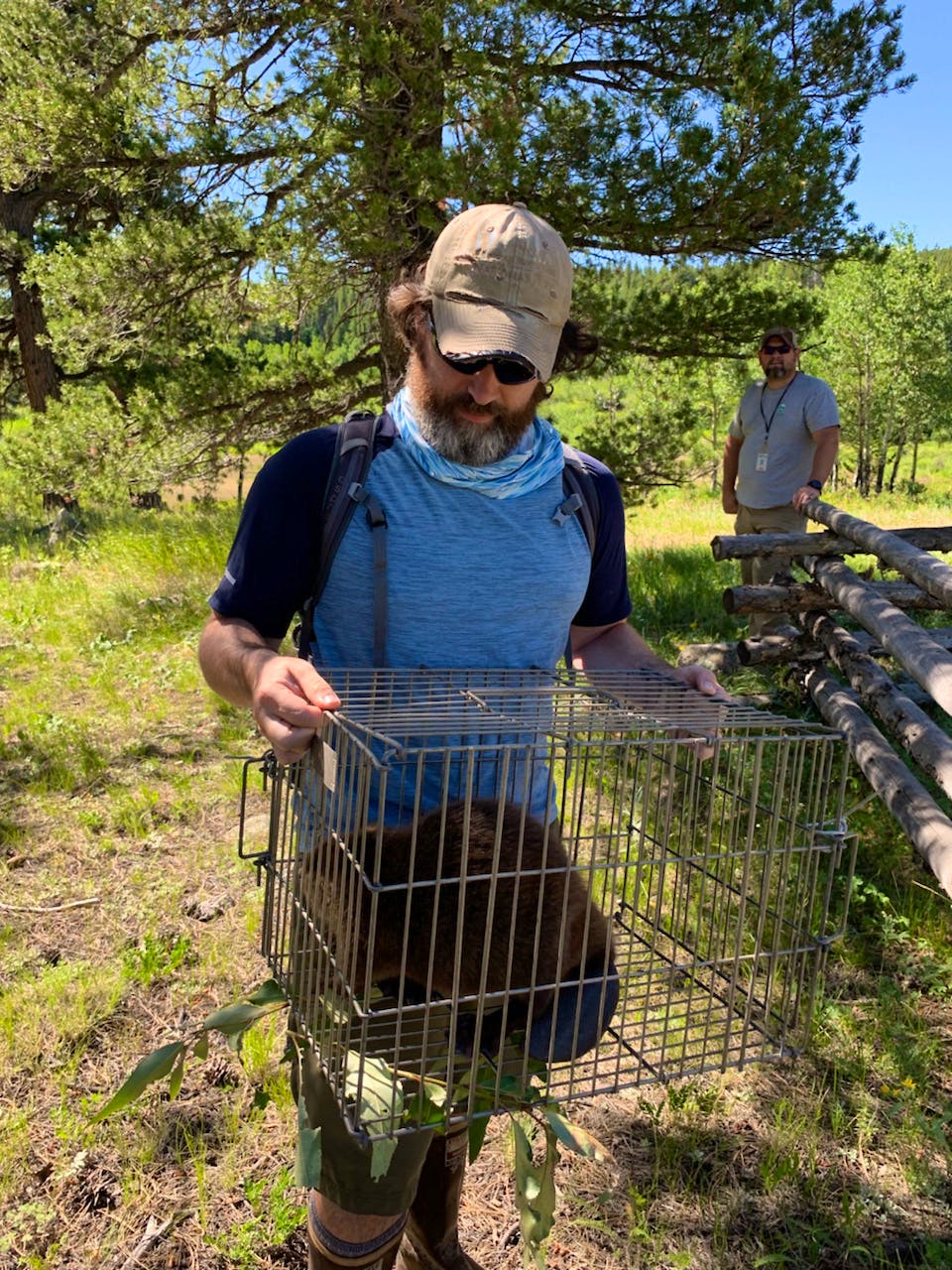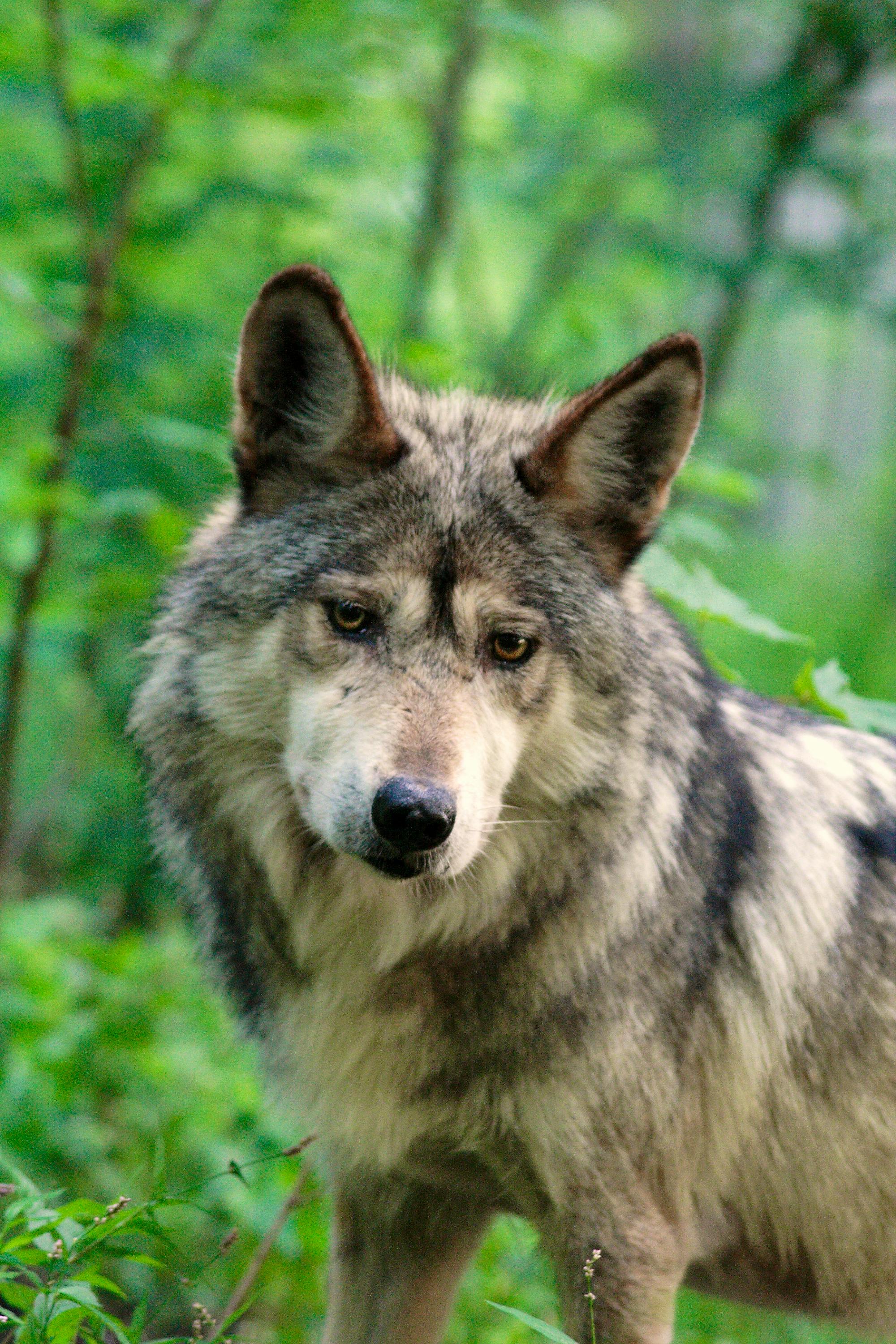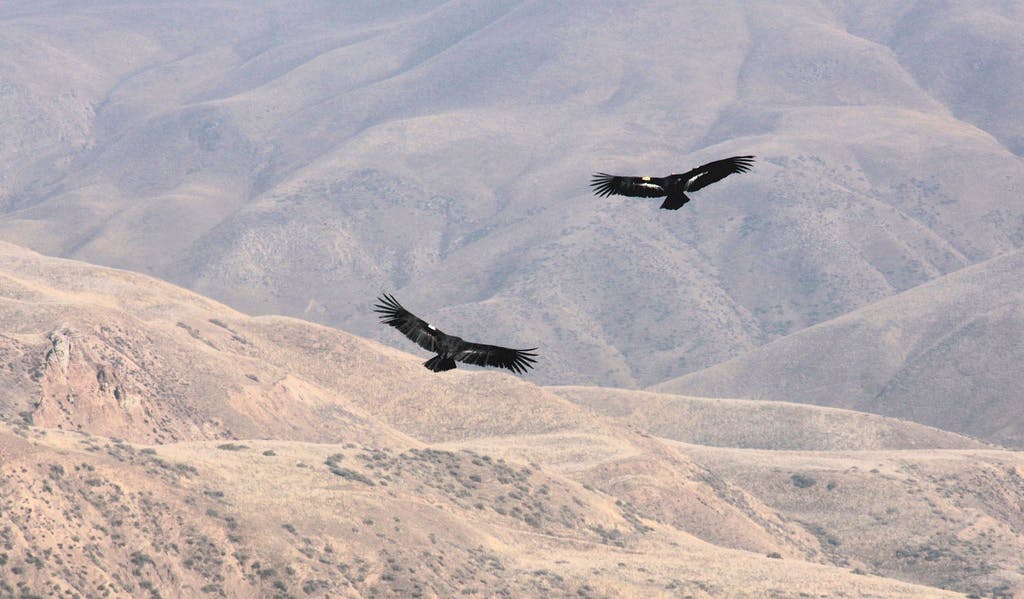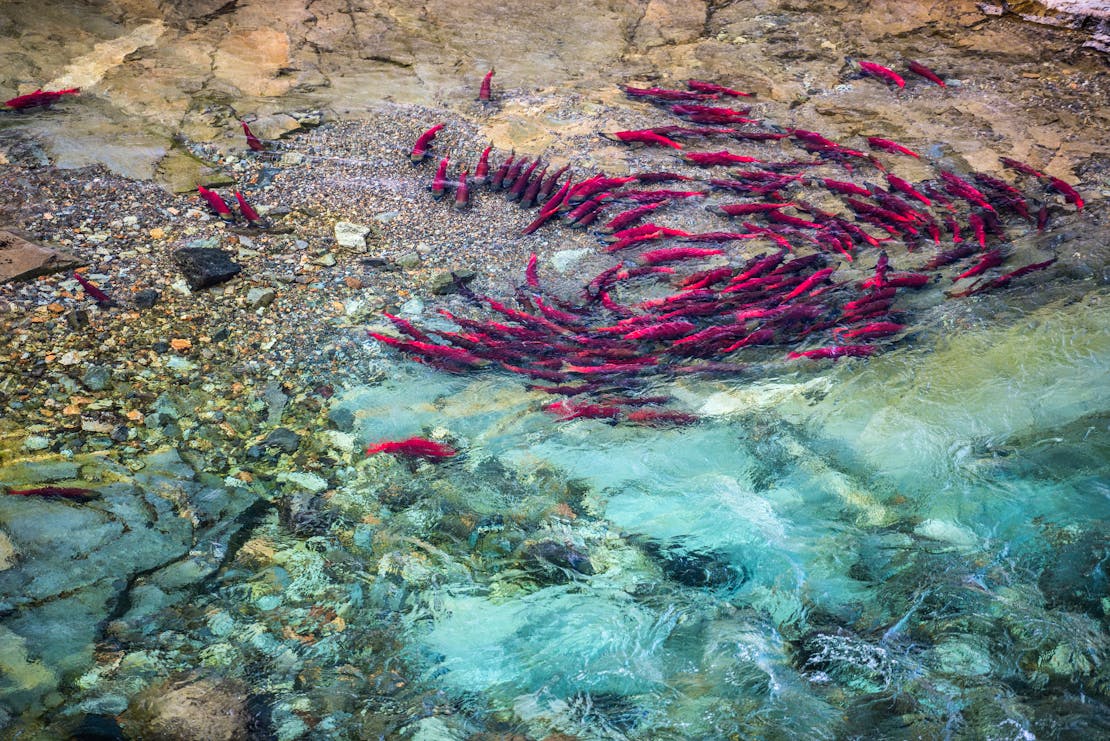Earth Day is a day to take action to protect the planet and celebrate the incredible planet we call home with all its breathtaking landscapes, life-giving water, interconnected ecosystems and stunning biodiversity. From the migrations of Arctic terns and the porcupine caribou to the metamorphoses of butterflies and frogs to the echolocation used by dolphins and bats to the hunting techniques of punching mantis shrimp and bubble-netting whales, nature is truly awe inspiring.
Earth Day was born of the need to stop the destruction humans unleash upon the environment. We’ve seen progress in the 51 years since, with species like the peregrine falcon, American alligator, humpback whale and gray wolf brought back from the brink of extinction. But we’ve also created and exacerbated new problems. Carbon emissions continue to increase. Plastic pollution is ubiquitous. We are on the verge of a sixth mass extinction. And the Trump administration left wide-ranging damage in its wake. Today, some states, like Montana are stuck in a backward slide. Instead of protecting habitat and imperiled species, it’s declared open season on wolves and bears. In Florida, at least 649 manatees have died this year alone because of pollution. And in the Pacific Northwest, the Snake River was named America’s most endangered river.
We can undo these harms, revive habitats and reestablish imperiled species. Nature is resilient – we are resilient – but restoration takes time. That means we need to act now to save these places and animals.
Defenders of Wildlife is fighting daily to stop extinction, combat climate change and restore our Earth. Across the country, we are installing nonlethal deterrents and helping landowners practice coexistence to protect wolves, beaver, panthers, bears and more. In the Center for Conservation Innovation, our scientists are developing new technologies to monitor the health of habitats and using the latest science to aid conservation policy. We are working with state, federal, Tribal and nongovernmental partners on collaborations like the I-40 Pigeon River Gorge Wildlife Crossing Project in the Southeast, the Long Island Solar Roadmap to advocate for wildlife-friendly renewable energy, and we are filing lawsuits to suspend horseshoe crab harvests in South Carolina, require turtle excluder deices (TEDs) on shrimp boats, prevent oil and gas drilling in Arctic National Wildlife Refuge and defend environmental laws like the Migratory Bird Treaty Act. We are issuing reports and policy suggestions for taking down parts of the border wall that block wildlife movements, protecting at least 30% of U.S. lands and waters by 2030 and increasing funding for endangered species conservation. And we are helping to reintroduce black-footed ferrets, Red Wolves, swift fox, bison, gray wolves, California condors and more to their historical habitat.











Defenders is committed to a future in which we live on a planet that supports biodiversity and healthy, balanced ecosystems. As Wendell Berry said, “The Earth is what we all have in common.” This planet – its plant and animal life, atmosphere and geography – brings us together.
We’ve already proved we can succeed through collective action. In 1963, only 417 known nesting pairs of bald eagles were left in the lower 48 states. But thanks to a ban on DDT, federal and state protections, and conservation partnerships across the country, more than 71,400 nesting pairs now exist in the wild!
Everyone can effect change every day by picking up trash, consuming less, limiting emissions, planting native plants, participating in community science, making sustainable choices and so much more. At Defenders of Wildlife we continue our relentless pressure on elected representatives, corporations and governments. Together we can rise up and use our voices on behalf of those who have none. Wildlife need your support today, and every day. Support our home, our planet, by treating every day like Earth Day.





